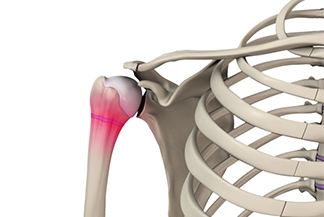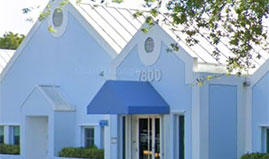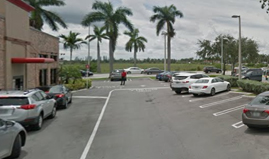Little League Shoulder is a common overuse injury that can sideline young athletes. The usual patient I see is a young, middle or high school pitcher with complaints of increasing shoulder pain and diminishing pitch accuracy and velocity. He or she will report pain during the late cocking phase and early acceleration phase of the throwing cycle.
Physical Examination Findings:
On examination, there is usually tenderness on palpation at the shoulder and pain with rotation. A careful examination of the shoulder range of motion may reveal an increased ability to externally rotate the arm in the throwing position. However, this may also result in a diminished ability to internally rotate the shoulder in the throwing position- otherwise known as GIRD (or Glenohumeral Internal Rotation Deficit). GIRD has been linked to other shoulder problems in the throwing athlete such as SLAP lesions, labrum tears and rotator cuff tears in the overhead athlete.
Injury:
As the pitcher winds up to throw, the shoulder becomes maximally externally rotated during the late cocking and early acceleration phase. This results in the build-up of extreme torque forces through the young pitcher’s open growth plates, often 400% higher than the tolerance level of the fragile growth plate cartilage. As the pitcher continues through the throwing phase, the ball is released and the arm enters the deceleration phase. This is when high eccentric loads are applied to the growth plate. These alternating forces on the shoulder are repeated throughout the season during practices, bull-pens, and games and can result in a fracture of the growth plate of the humerus. An injury to the growth plate can result in the development of an angular deformity or even halted growth at the shoulder.
Treatment:
It is important for the physician to appropriately diagnose the injury through a careful examination and x-rays of the shoulder which may show widening of the growth plate compared to the normal shoulder. An MRI scan may also be ordered to diagnose other causes of shoulder pain such as a labrum tear, SLAP lesion and rotator cuff tears. Once diagnosed, the appropriate treatment will be to completely rest the shoulder from throwing activities, followed by a course of physical therapy and progressive throwing program before returning to full play.
Prevention:
Most importantly, Little League Shoulder injuries can be prevented in the first place. The leading cause for developing a Little League Shoulder is by allowing the athlete to throw too many pitches without rest. Below is a chart with guidelines for appropriate pitch counts and games per week.
How to prevent Little League Shoulder:
- No throwing breaking balls until skeletally mature and growth plates are closed.
- Proper pitch mechanics through the use of pitching coaches and trainers.
- Avoiding year-round pitching
- Abide by pitch counts:
| Age (years of age) | Pitches per Game | Max Games per Week |
| 8-10 yrs. | 52 | 2 |
| 11-12 yrs. | 68 | 2 |
| 13-14 yrs. | 76 | 2 |
| 15-16 yrs. | 91 | 2 |
| 17-18 yrs. | 106 | 2 |
If you or your adolescent overhead athlete has shoulder pain and you wish to schedule an appointment with Dr. J. Pieter Hommen, call 305-520-5625 or schedule an online appointment today.














